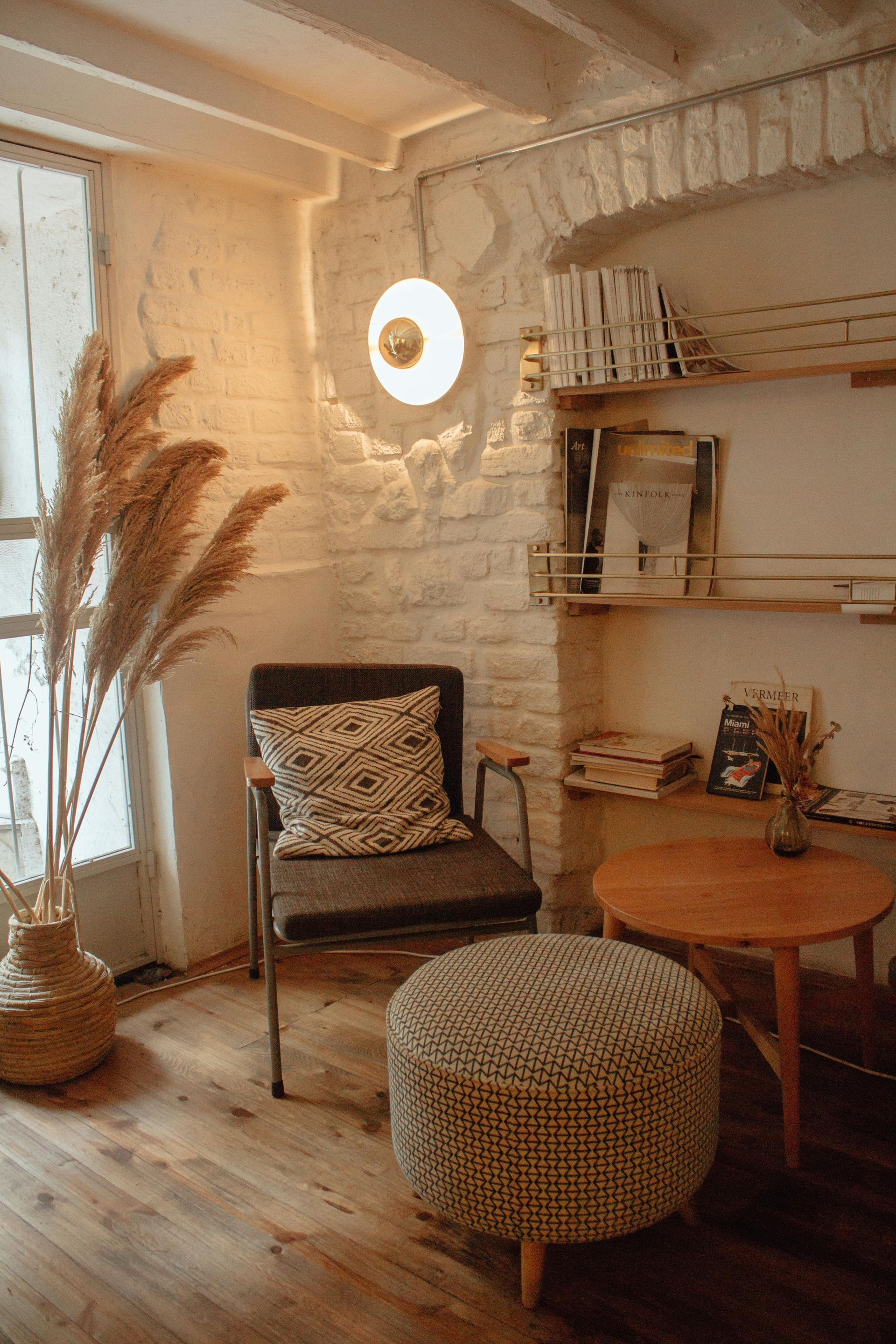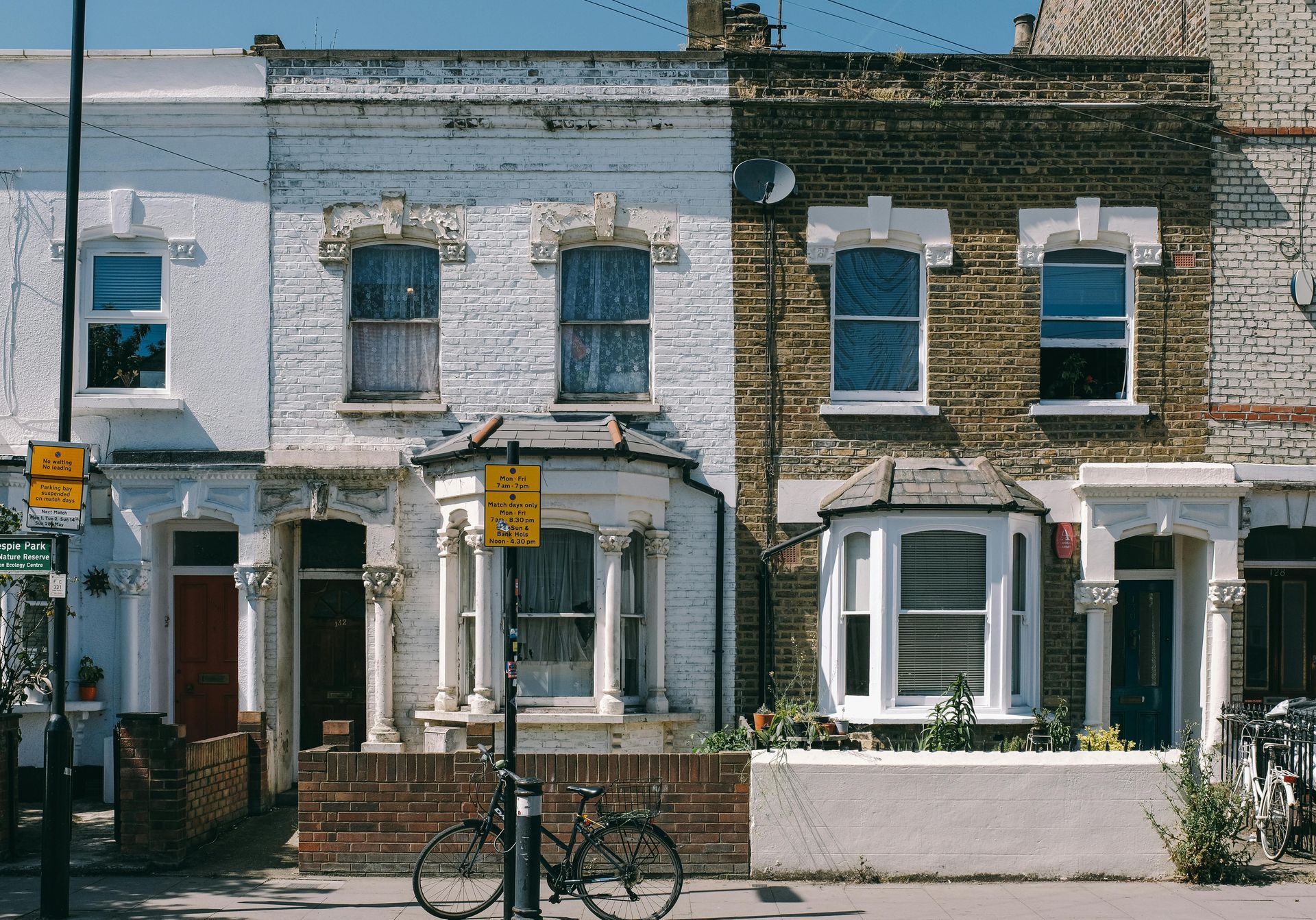Stamp Duty Changes in 2025: What First-Time Buyers Need to Know
A New Reality for First-Time Buyers
Today, April 1st, 2025 marks a turning point for first-time buyers in England and Northern Ireland. The stamp duty relief introduced during the 2022 mini-Budget has officially ended, and the implications are both immediate and far-reaching. Whether you're already house-hunting or just beginning your journey onto the property ladder, understanding the new stamp duty rules is critical.
At Willow Private Finance, we help clients make informed, confident decisions. In this blog, we break down what these stamp duty changes mean for first-time buyers, how they might affect your budget, and how to navigate the challenges ahead.
1. What’s Changed?
Under the old rules, first-time buyers paid no stamp duty on the first £425,000 of a property purchase and 5% on the portion between £425,001 and £625,000. Any property above £625,000 did not qualify for first-time buyer relief.
From April 1st, 2025, the 0% threshold has dropped significantly:
- No stamp duty is paid up to £300,000
- 5% is applied to the portion between £300,001 and £500,000
- No relief at all if the purchase price exceeds £500,000
This change may seem subtle on paper, but for many buyers—especially in London and the South East—it can add thousands of pounds to their total purchase cost.
2. Real-World Examples: How Much More Will You Pay?
Let’s say you're buying a flat in London for £450,000:
- Before April 1st: Stamp duty = £1,250
- After April 1st: Stamp duty = £7,500
That’s an extra £6,250 out of pocket, just in tax.
Now imagine buying a house for £350,000:
- Before: No stamp duty at all
- After: Stamp duty = £2,500
The changes disproportionately affect buyers in areas where even modest properties push above the £300,000 threshold.
3. Why Does This Matter?
For first-time buyers, every pound counts. In many cases, that extra £2,500 or £6,250 in tax could mean the difference between moving in or needing to pause your plans.
With higher mortgage rates already putting pressure on affordability, this change adds another layer of difficulty. It's no wonder some experts predict a temporary slowdown in the housing market as buyers reassess their budgets.
4. What Can You Do About It?
If you're looking to buy your first home this year, here are some tips from our advisers at Willow:
- Recalculate your budget: Don’t forget to factor in the new stamp duty liability. Use HMRC’s SDLT calculator or speak to a broker.
- Look slightly outside your target area: You may find better value in neighbouring zones with prices under £300,000.
- Consider government schemes: Shared ownership and First Homes initiatives can offer alternatives with lower up-front costs.
- Work with a whole-of-market mortgage adviser: At Willow, we can help you find the best financing deal and uncover options others might miss.
5. Market Outlook: What Happens Next?
The next 3–6 months will be telling. Some estate agents have reported buyers rushing to complete before April 1st, creating a short-term spike. Now, we may see a cooling-off period as the market adjusts.
Long-term, much depends on interest rates and supply. The government is still committed to building 1.3 million homes by 2030 and recently announced a £2 billion top-up to the Affordable Homes Programme.
However, it’s clear that first-time buyers will need to be more financially agile in the years ahead.
Stay Informed, Stay Empowered
The new stamp duty rules don’t spell doom for first-time buyers—but they do raise the stakes. With the right advice, planning, and flexibility, your property journey can still be a successful one.
At Willow Private Finance, we specialise in helping first-time buyers secure their first home with confidence. If you’d like a personalised stamp duty calculation or want to review your mortgage options, get in touch with us today.










